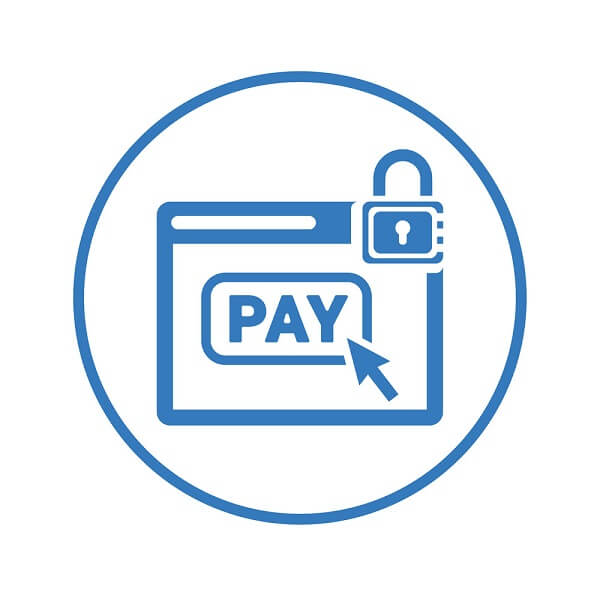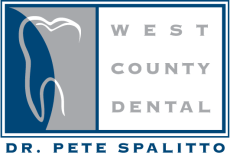Is it Safe to Visit the Dentist During COVID-19?
By now, everyone knows the basic precautions to slow the spread of the coronavirus—wear a mask, stand at least six feet apart from others, and avoid touching your face. So it’s logical to wonder—is it safe to visit the dentist during COVID-19? After all, this is a setting where you sit face-to-face with a medical practitioner, maskless and open-mouthed for an extended period of time.
Despite these seemingly egregious concerns, you can rest assured that visiting the dentist is safe, even during a pandemic. Here’s why.
Dentists already practiced excellent infection control.
Even before the pandemic brought about new sanitation rules, dentist offices led the way in infection control measures. Dental professionals were already accustomed to wearing masks and gloves while treating patients, a practice that began in earnest during the HIV/AIDS epidemic in the 1980s. It was also the norm to disinfect or dispose of tools regularly before the age of the coronavirus—dentists are now simply doubling their efforts to ensure team and patient safety.
Dentists have enacted numerous pandemic precautions.
A slew of changes should be obvious as soon as you walk through the door. Here’s what to look for:
- Socially distanced reception rooms
- Clear plastic partitions at the reception desk
- Open office doors to avoid touching doorknobs
- Lots of hand sanitizer
In addition to changing the office setup, many dentists have adopted additional safeguards. Common practices during a pandemic include:
- Staggering check-in times
- Allowing patients to wait in their cars until their appointment
- Taking temperature checks
- Requiring patients and team members to wear face coverings or other personal protective equipment at all times while in the building
Dentist offices have been working in pandemic conditions for months.
Under the direction of the American Dental Association (ADA), dentist offices around the country closed for weeks when the coronavirus first appeared in the United States. Information about COVID-19 was scarce at the time, and the immediate goal was to limit possible viral spread by restricting all non-emergency procedures.
Starting in May, practices began reopening, following guidelines from the ADA and the Centers for Disease Control and Prevention (CDC) about how to do safely. Today, patients can confidently visit their local dentist for preventative care, cosmetic restoration, and emergency procedures.
Delaying dental care is a major health concern.
Avoiding the dentist because you fear contracting the coronavirus could put your oral health in jeopardy. Consider this—the risk of developing cavities or gum disease if you don’t visit the dentist is much higher than the chance of being exposed to COVID-19 at a dental office. Non-severe conditions—such as a cracked filling, loose crown, or toothache—can also worsen dramatically if not treated promptly. If you experience a problem like this, don’t delay dental treatment for any reason.
At West County Dental, patient comfort and safety have always been important to us. This is true now more than ever. That’s why we maintain strict sterilization processes to avoid cross-contamination. We also follow the standards set by the ADA, CDC, and Occupational Safety and Health Administration (OSHA) for maximum safety. If you have any questions about the coronavirus safety measures we’re taking, or you want to reserve an appointment, please call us at (314) 488-2921 or contact us online today.
RECENT POSTS
categories
- Uncategorized
- crowns
- dental veneers
- dentists
- full service dental practice
- porcelain veneers
- same day crowns
- Dental Cosmetic Surgery
- Dental Implants
- Dentistry
- Dentist Review
- Laser Dentistry
- Root Canal
- Sedation Dentistry
- Dentures
- Cleanings
- Teeth Whitening
- Abscessed Teeth
- Cosmetic Dentistry
- Infographic
- Cavities
- Sealants
- Gum Recession
- Periodontal Disease
- Dental Health
- Family Dentistry
- Dental Emergency
- Invisalign
- Filling
- Same Day Dental Procedures
- Gum disease
- Sleep Apnea
Archives
2022
2021
- December (2)
- November (1)
- October (3)
- September (2)
- August (2)
- July (2)
- June (2)
- May (2)
- April (2)
- March (2)
- January (2)
2020
2016
2015
- December (4)
- November (3)
- October (3)
- September (4)
- August (4)
- July (4)
- June (4)
- May (3)
- April (3)
- March (4)
- February (5)
- January (6)

